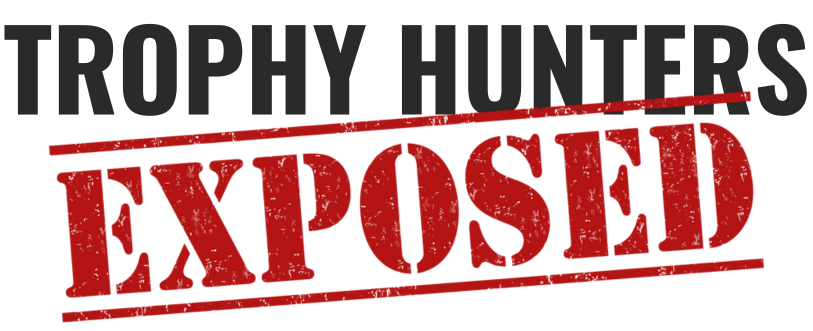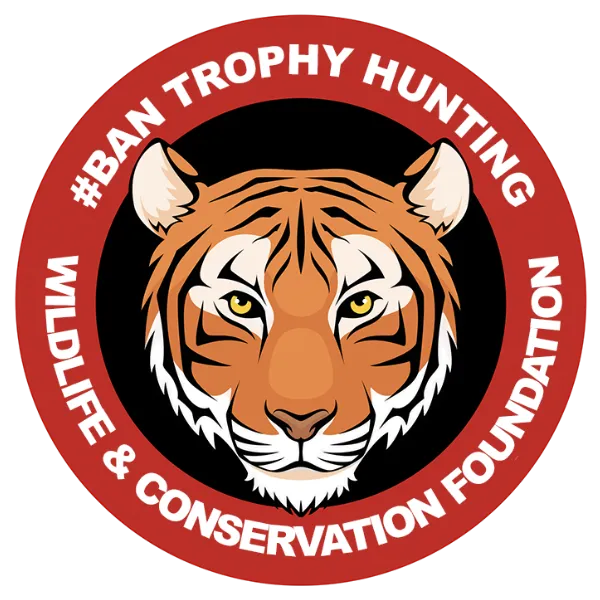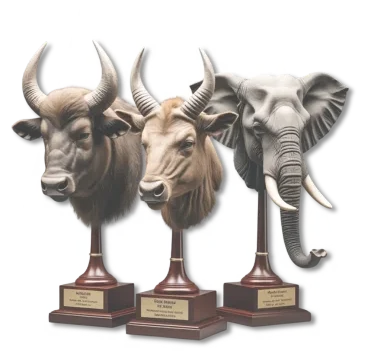The Animals Being Hunted
'Protected.' Endangered. Still Being Shot.
Every year, hunters travel across the world to kill wild animals – including those listed as endangered, critically endangered, or even extinct in the wild.
Behind every trophy is a life lost — and often a species pushed one step closer to extinction.
Most Targeted by Trophy Hunters
These are the species that appear most often in hunting trophies – iconic, charismatic animals that should be protected, not pursued.
Elephants

Status
Endangered (Savanna), Critically Endangered (Forest)
Hunted In:
Africa (notably Botswana, South Africa, Zimbabwe)
Award Inclusions:
African Big Five, Dangerous Game of Africa, Animals of Africa, Hunting Achievement Award
Not-So-Fun Fact:
Hunters turn their trophies into household decor, including elephant feet into umbrella stands and skin into rifle cases.
Hippos

Status
Vulnerable (population declined up to 20% in the last decade)
Hunted In:
Africa (notably Uganda, South Africa)
Award Inclusions:
Animals of Africa, Dangerous Game of Africa
Not-So-Fun Fact:
In 2002, over 5 tons of hippo teeth were exported from Uganda alone.
Leopards

Status
Endangered (IUCN Red List)
Hunted In:
Africa (South Africa, Zimbabwe, Namibia)
Award Inclusions:
African Big Five, Cats of the World, Dangerous Game of Africa, Hunting Achievement Award
Not-So-Fun Fact:
Leopard numbers have crashed from 700,000 in the 1960s to about 50,000 today. Trophy hunting is a major cause of this decline.
Zebras

Status
Hartmann’s Mountain Zebra: Vulnerable; Cape Mountain Zebra: Endangered
Hunted In:
Namibia, South Africa
Award Inclusions:
Animals of Africa, Hunting Achievement Award
Not-So-Fun Fact:
Trophy hunters often shoot zebras multiple times, causing prolonged suffering. Hunters have described zebras running in circles, stumbling, and kicking in the dust before dying, with groups celebrating and taking selfies over the bodies.
Wolves

Status
Varies by region; threatened in many areas
Hunted In:
Canada, US, Russia, Kyrgyzstan, Kazakhstan, Romania, Bulgaria, Lithuania, Mongolia
Award Inclusions:
Hunting Achievement Award, Animals of North America, Animals of Asia
Not-So-Fun Fact:
Wolf hunts can be bought online for around £2,000.
Cheetahs

Status
Vulnerable (IUCN); Africa’s most endangered big cat
Hunted In:
Namibia (legal), South Africa
Award Inclusions:
Cats of the World, Animals of Africa
Not-So-Fun Fact:
Cheetahs have vanished from 98% of their range; only 6,500 remain.
Black Rhinos

Status
Critically Endangered
Hunted In:
Africa (notably South Africa, Namibia)
Award Inclusions:
African Big Five, Dangerous Game of Africa, Animals of Africa
Not-So-Fun Fact:
Trophy hunters have describing the experience of shooting black rhinos as “like mainlining on heroin”.
Giraffes

Status
Vulnerable; some subspecies critically endangered
Hunted In:
Africa (notably South Africa, Namibia)
Award Inclusions:
Animals of Africa, Hunting Achievement Award
Not-So-Fun Fact:
Major hunting organizations have spent millions lobbying to block even modest protections for giraffes, prioritizing hunters’ rights over species survival.
Lions

Status
Vulnerable; some populations critically endangered
Hunted In:
Africa (notably South Africa, Zimbabwe, Zambia)
Award Inclusions:
African Big Five, Dangerous Game of Africa, Cats of the World, Hunting Achievement Award
Not-So-Fun Fact:
Lions may be shrinking, partly because trophy hunters target the largest ones for record books.
The Ones You Don’t See in Headlines
They may not make the news – but they’re still at risk, and still being killed for ‘trophies’.
Walruses

Status
Vulnerable; populations declining
Hunted In:
Arctic (Canada)
Award Inclusions:
Animals of North America, Hunting Achievement Award
Not-So-Fun Fact:
Walruses are highly sensitive to disturbance and climate change. The world’s population is about 112,500.
Black Bears

Status
Not globally endangered, but threatened in some regions
Hunted In:
Canada, US
Award Inclusions:
Bears of the World, Animals of North America, Hunting Achievement Award
Not-So-Fun Fact:
Up to 13,000 black bears are shot by trophy hunters each year.
Seals

Status
Varies by species; some threatened
Hunted In:
South Africa, Namibia, Angola, Tasmania, Australia, Finland
Award Inclusions:
Animals of Africa, Animals of the South Pacific
Not-So-Fun Fact:
Skins are the main trophy, with some hunters boasting about the number of seals shot on social media.
Alligators
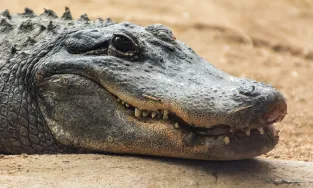
Status
Not currently endangered
Hunted In:
US (notably Florida, South Carolina)
Award Inclusions:
Animals of North America
Not-So-Fun Fact:
Alligator hunts can be purchased online and paid for by debit card.
Vervet Monkeys
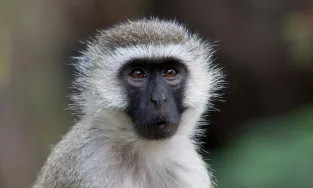
Status
Not currently endangered, but numbers declining
Hunted In:
South Africa, Zambia, Zimbabwe
Award Inclusions:
Not eligible for major SCI awards, but hunted for “Tiny Ten” collections
Not-So-Fun Fact:
One hunter’s 9-year-old son shot so many he was nicknamed “The Sniper.”
Serval Cat
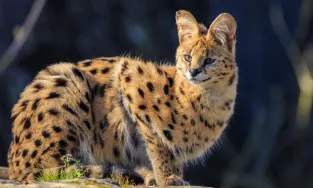
Status
Not currently endangered, but populations declining
Hunted In:
Southern Africa (notably South Africa)
Award Inclusions:
Cats of the World, Animals of Africa
Not-So-Fun Fact:
Servals are sometimes bred for “canned hunts” in enclosures. Their leopard-like appearance leads to persecution.
Golden Jackal
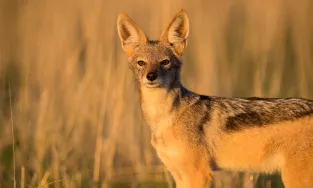
Status
Not currently endangered
Hunted In:
Eastern Europe, South-East Asia, Africa
Award Inclusions:
Animals of Africa, Animals of Asia
Not-So-Fun Fact:
Jackals are killed not for population control or conservation, but purely for sport and trophy collection
Aardwolves
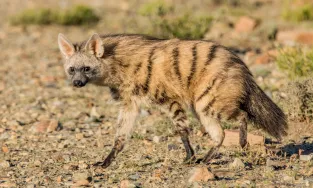
Status
Not currently endangered
Hunted In:
East Africa (notably Kenya)
Award Inclusions:
Animals of Africa
Not-So-Fun Fact:
Trophy hunting fees start at £1,135.
Wild Sheep
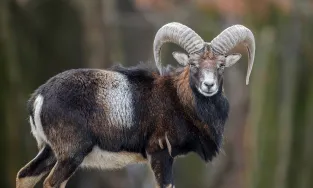
Status
Varies by species; some critically endangered
Hunted In:
Asia (Argali, Barbary sheep), North America (Bighorn sheep)
Award Inclusions:
Wild Sheep of the World, Mountain Game of the World, Hunting Achievement Award
Not-So-Fun Fact:
Some wild sheep populations are critically depleted.
Bongos
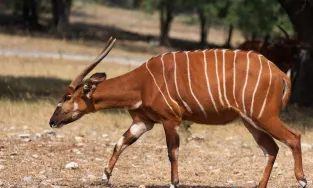
Status
Near Threatened; populations declining
Hunted In:
Central and West Africa
Award Inclusions:
Animals of Africa, Hunting Achievement Award
Not-So-Fun Fact:
Bongos have 1-metre-long horns and are disappearing from many areas due to trophy hunting.
Canadian Lynxs
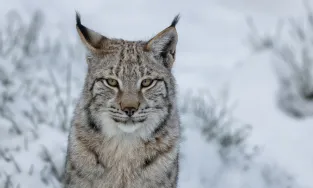
Status
Not currently endangered, but populations declining in some areas
Hunted In:
Canada
Award Inclusions:
Cats of the World, Animals of North America
Not-So-Fun Fact:
Notable for huge, fur-covered paws. Extensively hunted for fur.
Bison

Status
Critically Depleted (IUCN)
Hunted In:
North America (US, Canada)
Award Inclusions:
Wild Oxen of the World, Animals of North America
Not-So-Fun Fact:
From 60 million, only about 11,000-13,000 bison remain. The species is “absent from many of its indigenous spatial units.”
Baboons
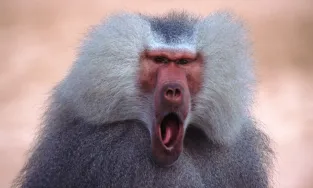
Status
Not currently endangered, but populations declining
Hunted In:
Africa (notably South Africa, Namibia, Tanzania, Mozambique, Zambia)
Award Inclusions:
Not eligible for major SCI awards, but hunted for “Tiny Ten” collections
Not-So-Fun Fact:
Baboons are sometimes shot for free or as “vermin.”
Ducks

Status
Varies by species; some populations declining
Hunted In:
Africa (notably South Africa), Argentina
Award Inclusions:
Not eligible for major SCI awards, but included in “wing shooting” packages
Not-So-Fun Fact:
Hunters travel to South Africa and Argentina for “wing shooting” trips, killing ducks as part of packages.
Wild Cats
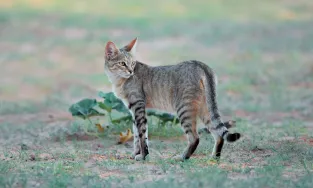
Status
Varies by species; some critically endangered
Hunted In:
Africa, Asia, Europe
Award Inclusions:
Cats of the World, Animals of Africa, Animals of Asia, Animals of Europe
Not-So-Fun Fact:
Some hunters keep entire rooms – “Africa Rooms” – filled with the bodies and skins of wild cats and other animals, treating them as collectibles.
Want to get involved in ending this cruel practise for good?
Step Right Up: Enter the Grand Slam!
Do you have what it takes to join the most exclusive club in cruelty?
The “Grand Slam” and “Inner Circle” awards are waiting for bold contestants like you -just bring the biggest collection of animal trophies you can muster.
Entry requirements?
Simple: kill dozens, or even hundreds, of animals from as many different species as possible.
The more rare, majestic, or endangered, the better!
Why settle for ordinary when you could be celebrated for a lifetime of destruction?

